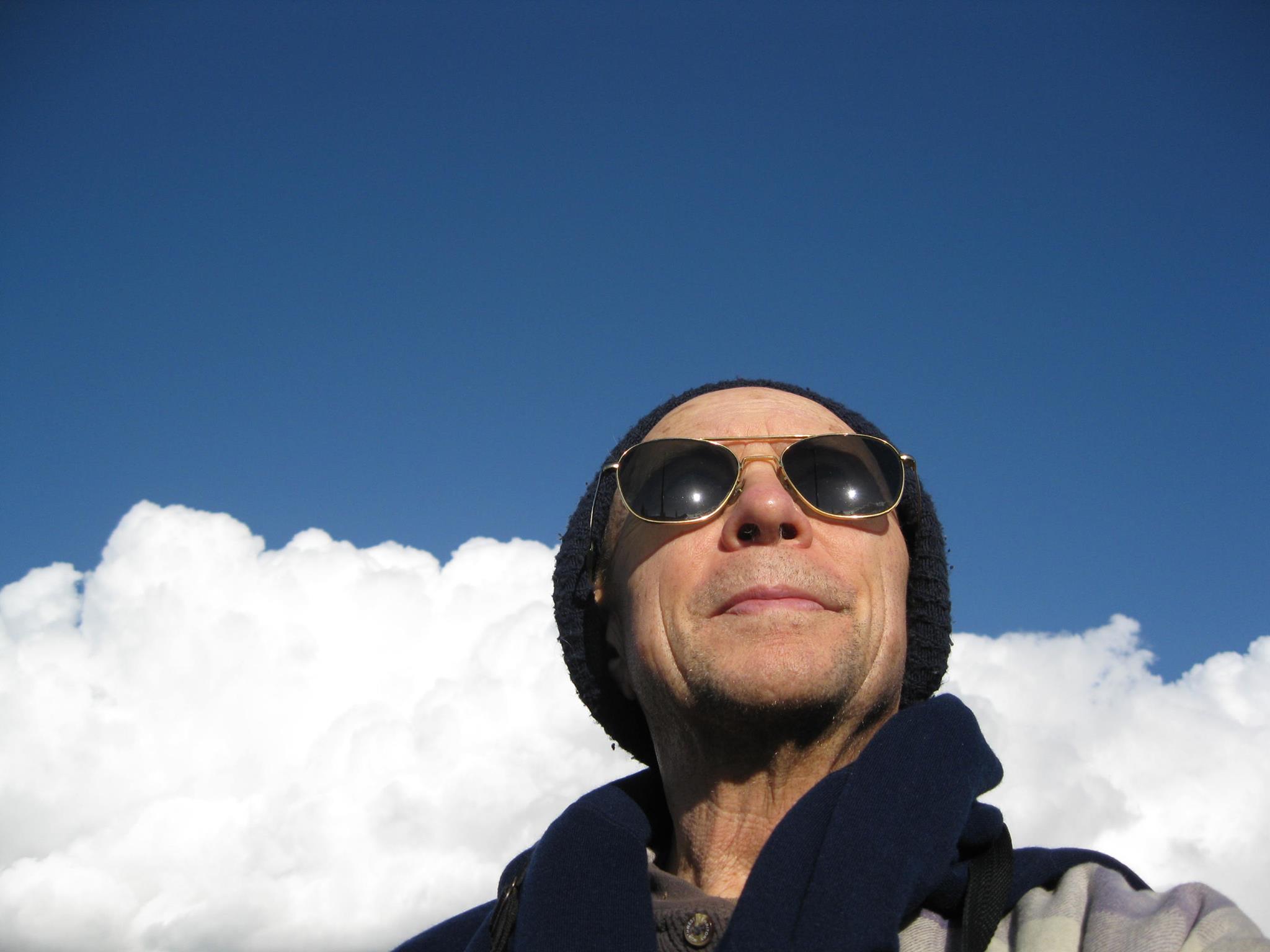Presented in association with Canyon Cinema and The Lab, in partnership with Dominic Angerame and Linda Scobie.
Admissions: $10 / free for SF Cinematheque members – The Lab is located at 2948 16th St in San Francisco between Mission and South Van Ness
Advance tickets are available here.
Join our Facebook event.
SAN FRANCISCO CINEMATHEQUE, CANYON CINEMA and THE LAB present BRUCE BAILLIE: RECENT AND NEW VIDEO WORKS. A very special thank you to Dena Beard from The Lab for her hospitality. Filmmaker Bruce Baillie will present the premiere of Spring (2016) for Jefferson Sunflower along with a selection of video works completed over the past 26 years.
7pm Doors / 7:30pm Bruce Baillie Introduction and Films
The program to include:
Les Memoires d’un ange
Spring (2016) for Jefferson Sunflower
P 38 Pilot
I Wish I Knew
The Cardinal’s Return
Study Reel (The Baillies, '02) By Sami Van Ingen (Finland)
Dr. Bish’s Birthday by Tung
Roy Eldridge
—and a few more surprises
Born in South Dakota in 1931, Bruce Baillie served in the U.S. Navy during the Korean War and studied filmmaking for a year at the London School of Film Technique. He moved to the San Francisco Bay Area in the 1950s and within a few years became a guiding light of the New American Cinema. Simultaneous to his earliest personal experiments in 16mm, Baillie launched Canyon Cinema in the redwoods over Oakland in 1961. As he recounted to interviewer Scott MacDonald, "Immediately I realized that making films and showing films must go hand in hand, so I got a job at Safeway, took out a loan and bought a projector."
As Canyon fanned out across the Bay Area and developed into the cornerstone experimental film distribution cooperative it remains today, Baillie took to the road to collect material for a series of intensely lyrical works that helped to define the look "visionary film" in the 1960s. Early efforts like On Sundays and The Gymnasts gave an inkling of Baillie's prevalent mix of documentary and fantasy, as well as his penchant for ripening superimpositions and exploration narratives. Canyon newsreels such as Mr. Hayashi (1963) proposed a concentrated form of cinema-as-haiku that Baillie would return to in later works like ALL My Life (1966) and Pieta (1998).
Baillie's fully realized quest films (Mass For The Dakota Sioux (1964), Quixote (1965) and Quick Billy (1970) in particular) envelope laments for humankind’s destructive impulses in luminous formal surfaces. As much as his contemporary Stan Brakhage, Baillie developed a bold film language to convey visual phenomena outside the realm of dramatic realism. Baillie's artisanal mastery of cinematographic layering, in particular, brings about immanent perceptions of the radiance and transience of all things. The lucidity of vision in his work is an end in itself, betraying an almost amorous desire for spiritual ballast.
In a simple ballad like Valentin De Las Sierras (1968), for instance, the intensity of proximate vision evokes a radical empathy with other beings. In Castro Street (1966), perhaps his most famous work, an industrial thoroughfare supplies Baillie's Bolex camera with the raw materials for a matted tour de force of synaesthetic effects. Film scholar P. Adams Sitney wrote that Baillie's "problematic study of the heroic" and "equivocal relationship to technology" served to complicate his resplendent lyrical forms, though one could just as easily say that the films he made during this period give poetic expression to the inner struggles of the 1960s. His epic Quick Billy grew out of a brush with mortality while living at a commune in Fort Bragg, California, and its expansive passages through interior illuminations, autobiographical reflections and Western pageantry make it a fitting capstone to a turbulent decade.
Baillie continued to make films into the 1970s and '80s, eventually switching to video for works such as The P-38 Pilot (1990). Among other honors, Castro Street was selected for preservation in the Library of Congress' National Film Registry in 1992. He is currently at work on Memoirs of an Angel at his home on Camano Island. - Max Goldberg
This is one of three events honoring Bruce Baillie on his visit to San Francisco celebrating his 85th Birthday.
